Edward Malthouse
Toward the Next Generation of News Recommender Systems
Mar 11, 2021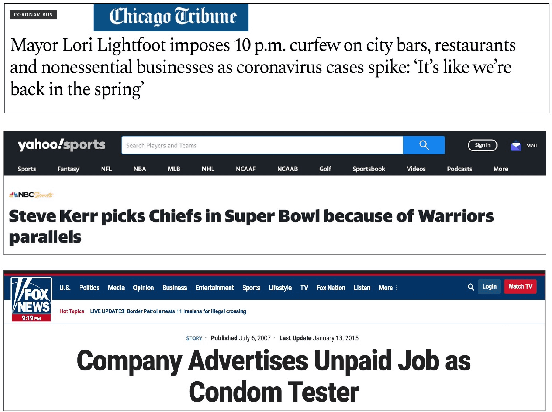

Abstract:This paper proposes a vision and research agenda for the next generation of news recommender systems (RS), called the table d'hote approach. A table d'hote (translates as host's table) meal is a sequence of courses that create a balanced and enjoyable dining experience for a guest. Likewise, we believe news RS should strive to create a similar experience for the users by satisfying the news-diet needs of a user. While extant news RS considers criteria such as diversity and serendipity, and RS bundles have been studied for other contexts such as tourism, table d'hote goes further by ensuring the recommended articles satisfy a diverse set of user needs in the right proportions and in a specific order. In table d'hote, available articles need to be stratified based on the different ways that news can create value for the reader, building from theories and empirical research in journalism and user engagement. Using theories and empirical research from communication on the uses and gratifications (U&G) consumers derive from media, we define two main strata in a table d'hote news RS, each with its own substrata: 1) surveillance, which consists of information the user needs to know, and 2) serendipity, which are the articles offering unexpected surprises. The diversity of the articles according to the defined strata and the order of the articles within the list of recommendations are also two important aspects of the table d'hote in order to give the users the most effective reading experience. We propose our vision, link it to the existing concepts in the RS literature, and identify challenges for future research.
User-centered Evaluation of Popularity Bias in Recommender Systems
Mar 10, 2021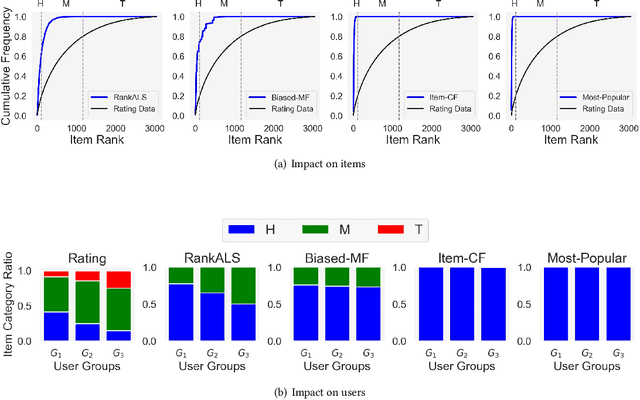
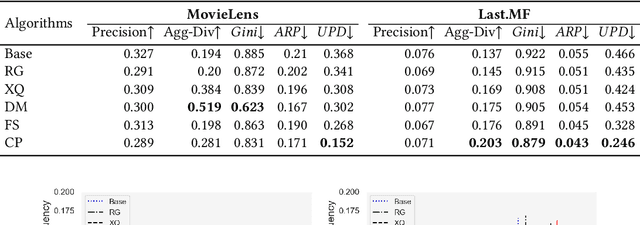
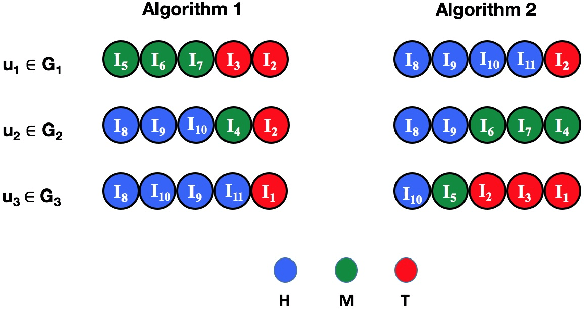
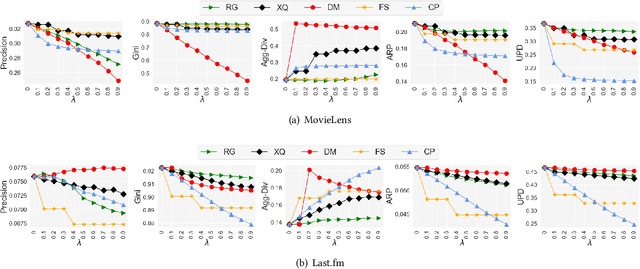
Abstract:Recommendation and ranking systems are known to suffer from popularity bias; the tendency of the algorithm to favor a few popular items while under-representing the majority of other items. Prior research has examined various approaches for mitigating popularity bias and enhancing the recommendation of long-tail, less popular, items. The effectiveness of these approaches is often assessed using different metrics to evaluate the extent to which over-concentration on popular items is reduced. However, not much attention has been given to the user-centered evaluation of this bias; how different users with different levels of interest towards popular items are affected by such algorithms. In this paper, we show the limitations of the existing metrics to evaluate popularity bias mitigation when we want to assess these algorithms from the users' perspective and we propose a new metric that can address these limitations. In addition, we present an effective approach that mitigates popularity bias from the user-centered point of view. Finally, we investigate several state-of-the-art approaches proposed in recent years to mitigate popularity bias and evaluate their performances using the existing metrics and also from the users' perspective. Our experimental results using two publicly-available datasets show that existing popularity bias mitigation techniques ignore the users' tolerance towards popular items. Our proposed user-centered method can tackle popularity bias effectively for different users while also improving the existing metrics.
 Add to Chrome
Add to Chrome Add to Firefox
Add to Firefox Add to Edge
Add to Edge